What do we do next? COVID-19 and the triple helix model of innovation
This blog is part of a special series on curb management and COVID-19. A joint effort of International Parking and Mobility Institute, Transportation for America, and Institute of Transportation Engineer’s Complete Streets Council, this series strives to document the immediate curbside-related actions and responses to COVID-19, as well as create a knowledge base of strategies that communities can use to manage the curbside during future emergencies.
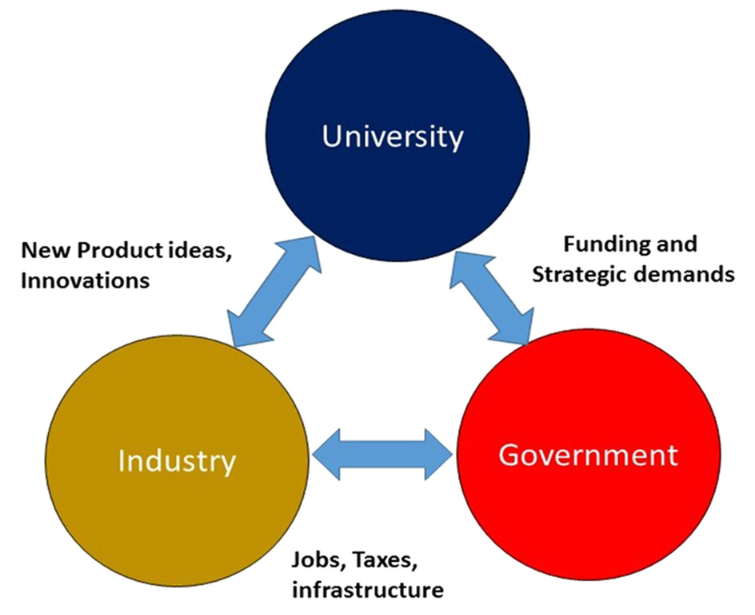
By David C. Lipscomb
As the COVID-19 pandemic continues, jurisdictions around the world are preparing to shift from emergency response to recovery with forward-thinking sustainability in mind. The status quo is untenable, meaning innovation will be essential to restoring our way of life.
Enter the triple helix model of innovation which describes the relationship between academia, industry, and government as it pertains to social and economic development. At the model’s core, academia supplies education and research, governments fund or influence educational priorities and regulate industries, while industry provides jobs, infrastructure, and taxes, though these are not rigidly set roles.
Where the triple helix may be most evident is how federal and state COVID-19 response guidelines affected government operations, educational institutions, and businesses. The trickle-down effect has led to ever-evolving resource collaborations and emergency changes to curbside operations and mobility management.
New York University (NYU)’s C2SMART produced an invaluable tool for municipal responders: an interactive dashboard and white paper on the impact of COVID-19 on transportation in the New York metropolitan area. NYU students also learned how to use modeling techniques to predict the effects of pandemics on transportation systems. Their findings give key insight into mode shifts likely to shape future policy.
Retailers will have a key role in innovation as they adapt to consumer trends. Adobe Analytics data showed a 208 percent increase in curbside pickup during the first three weeks of April. Many jurisdictions face questions about the necessity and sustainability of curbside management strategies to facilitate on-demand delivery services like Uber Eats, GrubHub, Postmates, and DoorDash, which generate about $82 billion and are projected to more than double by 2025. These trends have started to influence government policy and operations with Seattle announcing in May the rollout of curbside pick-up zones for retailers. Future considerations of infrastructure or operations that limit personal contact or facilitate quick curbside access will depend on clear communication of needs.
In the technology world, Apple and Google are working on contact tracing technology that would integrate with government health agency apps. The apps would alert users when they come into contact with someone who has tested positive for COVID-19, though challenges around privacy, data integrity, and participation remain. Still, successful implementation of this technology could empower users or transportation systems managers to make better real-time transportation decisions based on risk.
The Triple Helix Association is calling for papers on innovation in pandemic and societal crisis response; transportation will be an integral part.
What innovation looks like going forward remains to be seen, but opportunity abounds. For example, the District Department of Transportation (DDOT) hosts an internship program in conjunction with the Howard University Transportation Research Center. These students play a critical role in expanding the DDOT’s work capacity (including now as we deal with the COVID-19 pandemic). In turn they gain real-world experience to boost their careers in the public, private, or academic sectors.
These are a few examples of how governments, academia, and private industry are jointly responding to the COVID-19 pandemic. If you’re aware of other examples, please share it with david.lipscomb@dc.gov.
David C. Lipscomb is curbside management planner for the District Department of Transportation in Washington, DC.















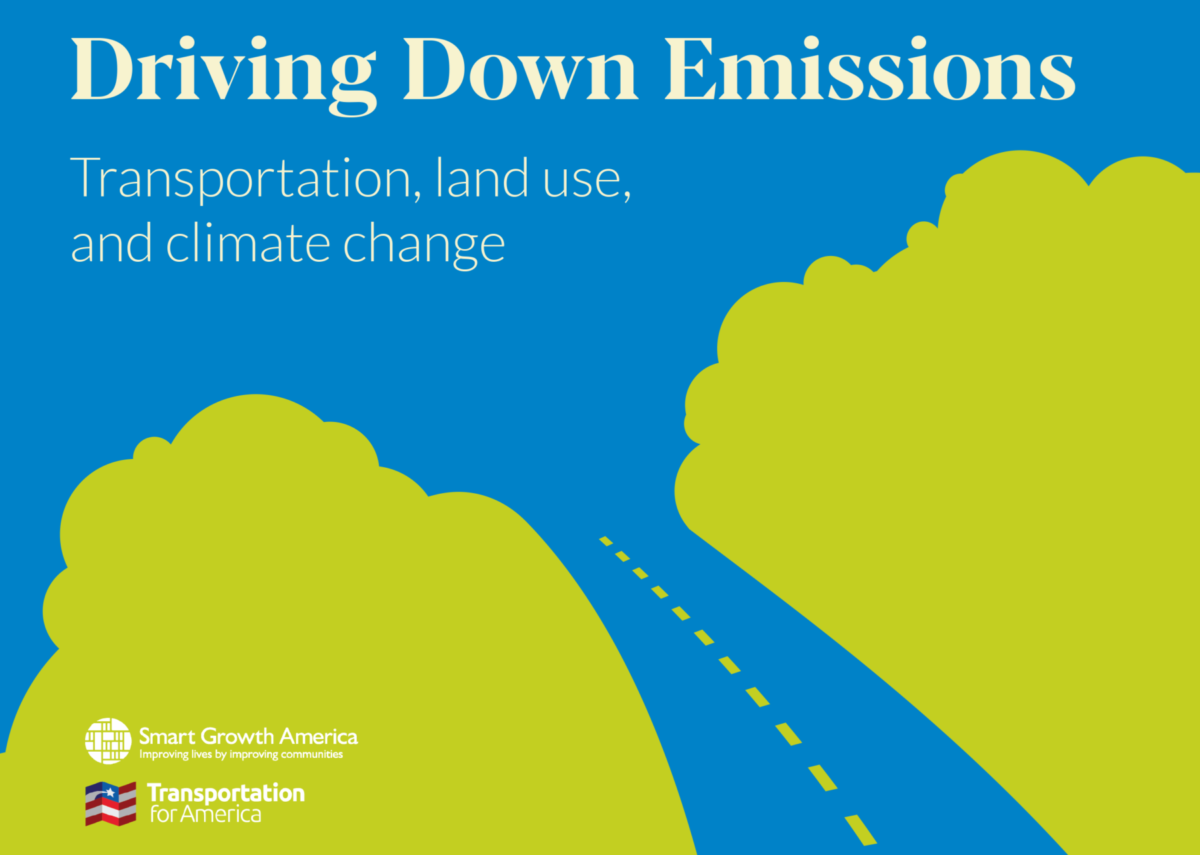
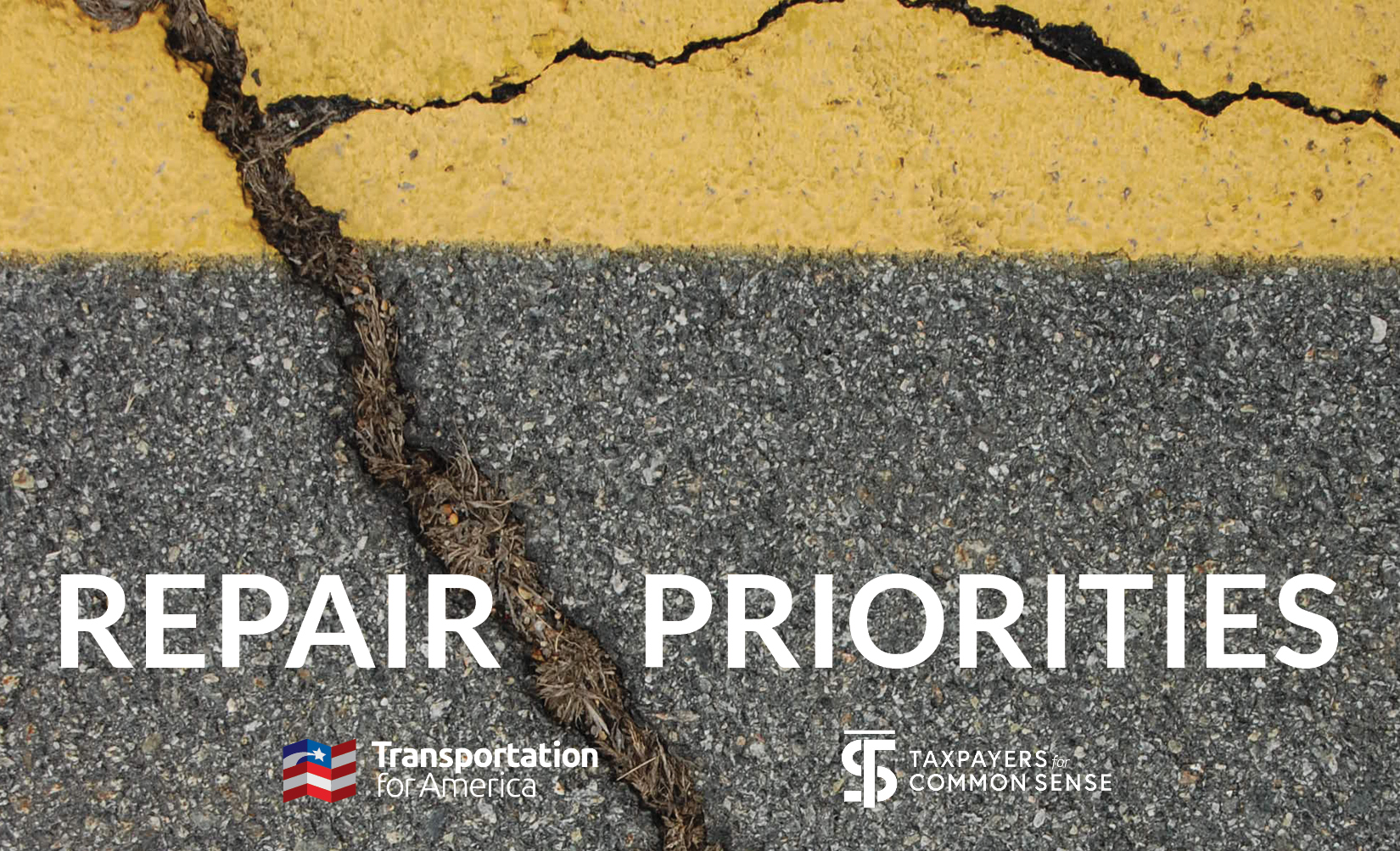
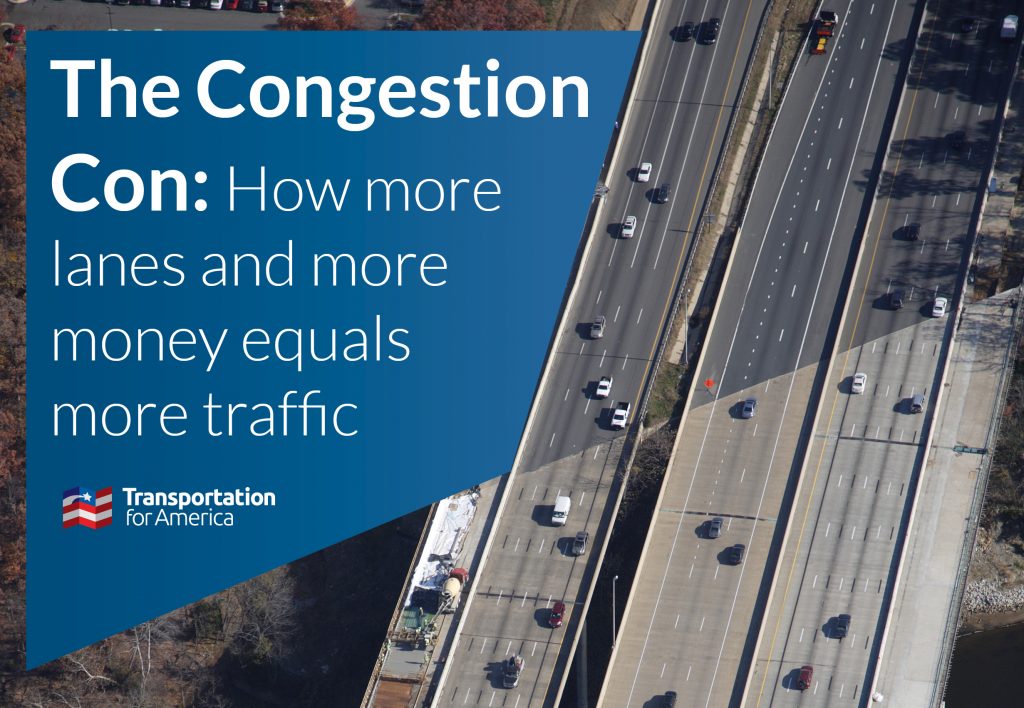
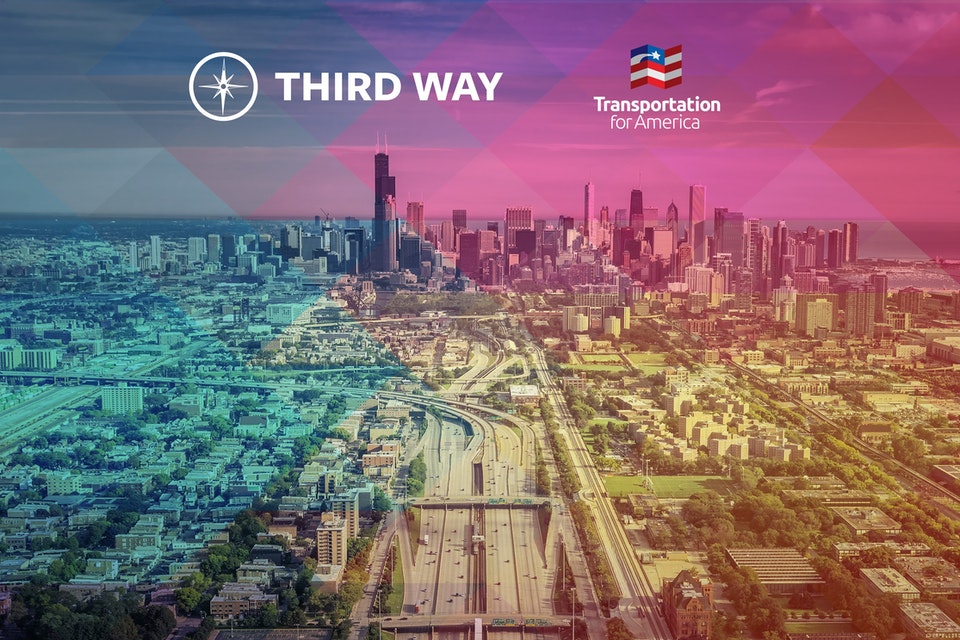

Pingback: What do we do next? COVID-19 and the triple helix model of innovation | Public Transit Blog